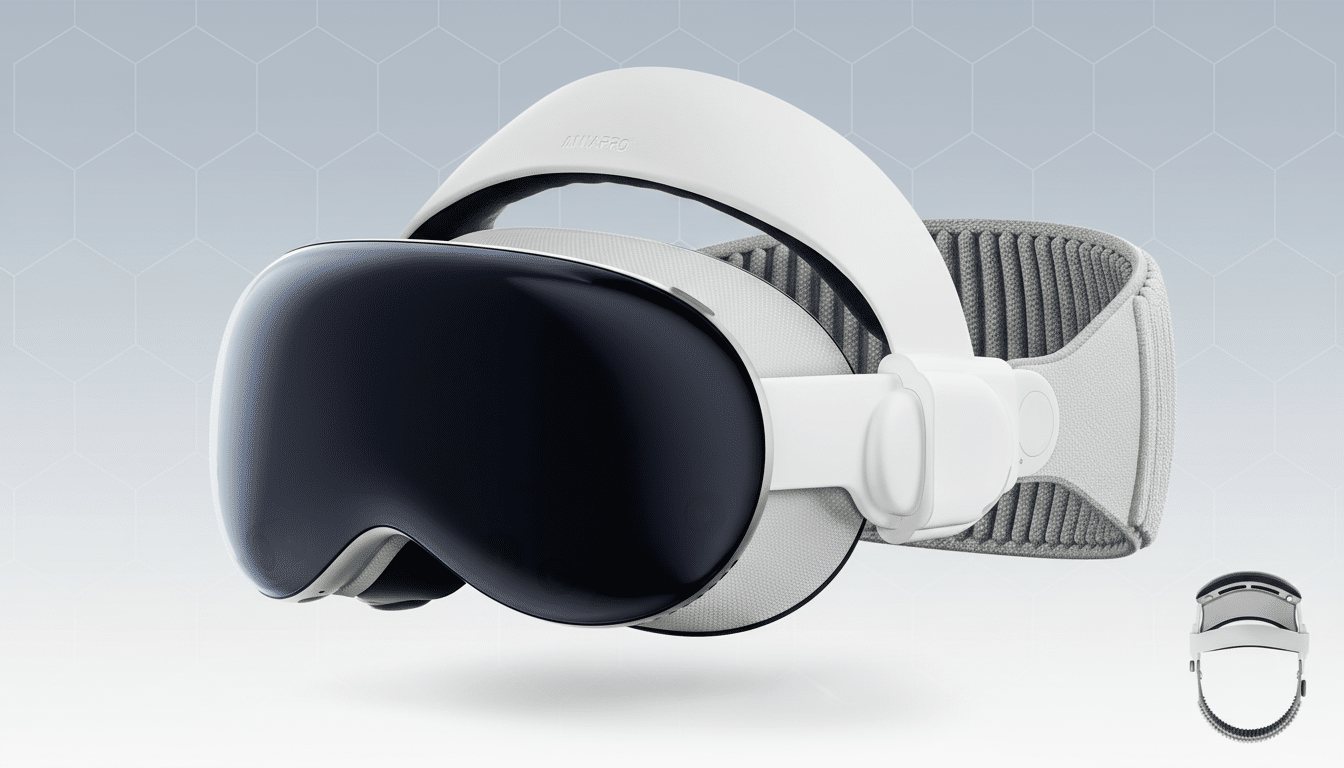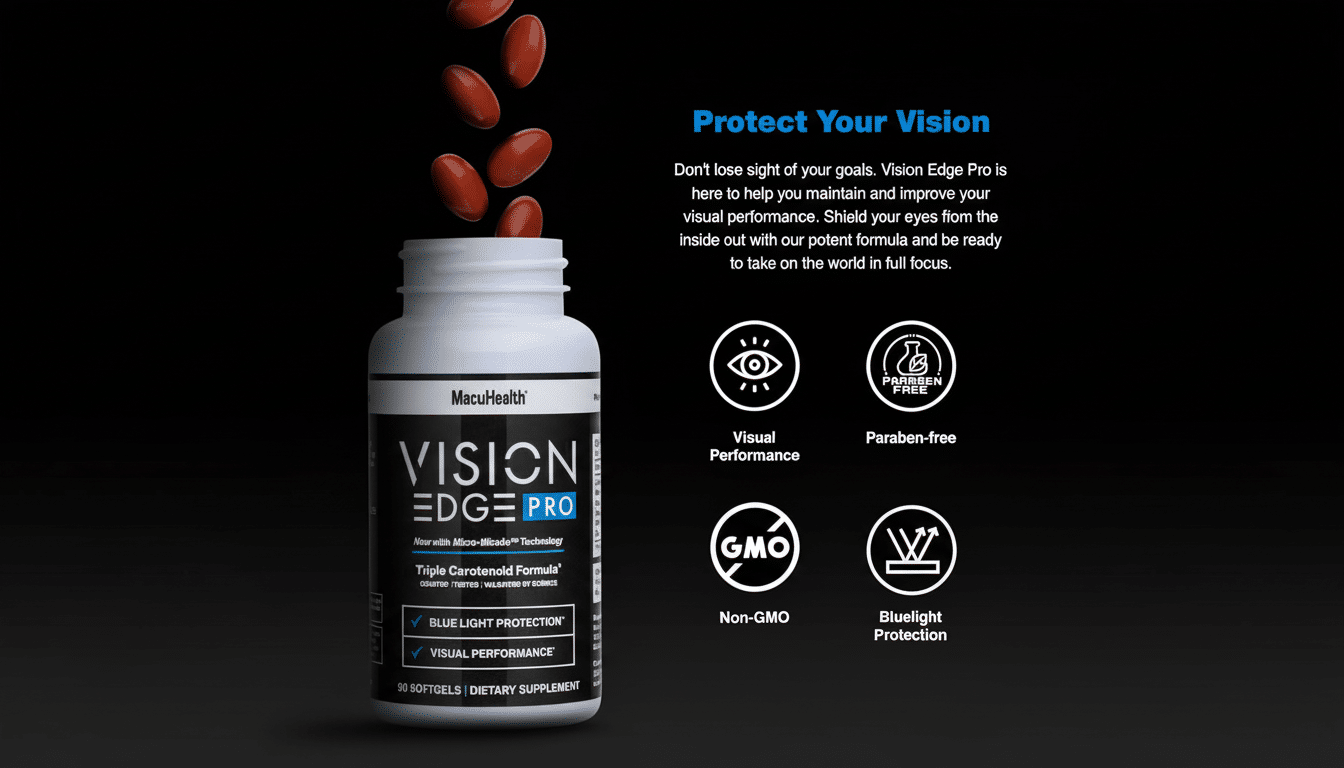Apple’s week of hardware news was driven by a commitment to infuse its products with more AI and graphics horsepower. The new M5 chip now drives a revamped 14‑inch MacBook Pro, an updated iPad Pro, and a reworked Vision Pro headset; Apple is talking big strides toward on‑device intelligence, media creation, and immersive computing.
What the M5 chip would bring to Macs, iPads, and Vision Pro
Featuring a 3nm process, M5 is built with the next‑gen 10‑core GPU architecture that has a Neural Accelerator in each core. This design, Apple claims, offers more than 4x the peak GPU compute for AI workloads over M4 and a 45% increase in ray tracing performance. The chip’s 10‑core CPU combines four performance cores with six efficiency cores for a claimed 15% improvement over its predecessor, and it’s accompanied by an enhanced 16‑core Neural Engine as well as unified memory bandwidth of up to 153GB/s to ensure large models don’t wait for data.
- What the M5 chip would bring to Macs, iPads, and Vision Pro
- M5 brings faster AI and graphics to the 14‑inch MacBook Pro
- M5 iPad Pro focuses on tablet‑first creation and fast charging
- Vision Pro with M5 improves comfort, displays, and speed
- Why this matters for on‑device AI across Apple’s platforms
- Pricing and key takeaways across MacBook, iPad, and Vision Pro

Why does that matter? Execution of current generative models locally is limited by memory bandwidth, sustained GPU throughput, and peak TOPS. MLCommons’ MLPerf Inference data has demonstrated that transformer and diffusion workloads scale with bandwidth and parallelism. That means faster upscales and cleaner noise removal for creators, quicker timelines; and for developers, larger context windows or a higher token limit when you have Llama‑class models running on‑device so that no data ever leaves the device.
Apple also says M5 is faster for its Apple Intelligence features. You should expect significantly shorter waits for, say, summarization, image generation, and complex photo edits when done in conjunction with apps that already call on Metal and the Neural Engine.
M5 brings faster AI and graphics to the 14‑inch MacBook Pro
The M5 update trickles down to the base 14‑inch MacBook Pro, along with faster internal storage options and the ports and chassis that pros get. Apple claims up to 3.5x faster AI and up to 1.6x faster graphics compared to the M4 configuration, along with around 20% better multithreaded CPU performance. The increase to 153GB/s unified memory bandwidth (from 120GB/s on the previous base model) will help with local diffusion, vector databases, and video AI effects.
Configurations now go up to 4TB of storage on the entry level, a change most useful to photographers and video editors who once gravitated to more expensive models. The laptop’s battery life remains rated, depending on workload, for up to 24 hours. The starting price is $1,599 for a 10‑core CPU and 10‑core GPU with 16GB of memory. In other words, that’s a mobile rig for local model prototyping, batch photo pipelines, and real‑time noise reduction without any need to be tethered to a server.
M5 iPad Pro focuses on tablet‑first creation and fast charging
The iPad Pro’s jump to M5 is framed as a boon for tablet‑first AI creation. Apple claims 3.5x AI performance versus the M4 iPad Pro and 5.6x versus M1, alongside new connectivity silicon: a C1X modem (cellular models) and an N1 for Wi‑Fi, Bluetooth, and Thread. Fast charging is the sleeper upgrade — Apple says the battery can charge to 50% in less than 30 minutes, reducing friction around on‑the‑go work sessions.

There are still 11‑inch and 13‑inch models that start at $999 and $1,299. For workflows, consider faster background removal and relighting in creative apps; smooth multitrack edits in tablet NLEs; and real‑time on‑device transcription being more responsive. For developers building features on Core ML, Metal Performance Shaders, and Swift’s new AI tooling, this means a broader performance envelope for larger local models and higher‑quality diffusion steps.
Vision Pro with M5 improves comfort, displays, and speed
The redesigned Vision Pro uses M5 and a new soft Dual Knit Band to enhance long‑session comfort, which is the leading pain point among early adopters in analyst coverage.
Apps load faster and web browsing feels more instantaneous, Apple says. Display hardware now has 10% more pixels per eye and supports refresh rates up to 120Hz, versus the previous maximum of 100Hz.
Battery life is specified as up to 2.5 hours for general use and three hours for video playback. Storage is available in 256GB, 512GB, and 1TB, with the price pinned at $3,500. When it comes to spatial computing, the headline really is all about speed: faster transformation of 2D photos into spatial scenes in Photos, quicker Persona generation; that friction lessens in day‑to‑day use and helps steer the device away from being a demo and more toward being a tool. And then, both IDC and Counterpoint market watchers note that comfort and responsiveness are key for XR engagement — well, that’s directly addressed with this launch.
Why this matters for on‑device AI across Apple’s platforms
What all of that means for Mac, iPad, and Vision Pro is Apple wants more and more AI running locally — privately, low‑latency, and even offline. That’s consistent with broader PC and mobile trends, where companies like IDC believe 5G (and in this case AI‑equipped) devices will be the catalyst for the next wave of replacements. It also responds to the competitive drumbeat from Windows AI PCs that have better or more powerful NPUs. By mating higher memory bandwidth and GPU compute to mainstream form factors, Apple is betting that its everyday features — better photo tools, faster summaries, richer spatial media — sell the upgrade rather than just benchmark wins.
Pricing and key takeaways across MacBook, iPad, and Vision Pro
The 14‑inch MacBook Pro with M5 begins at $1,599, offering higher storage ceilings for the base tier. The M5 iPad Pro starts at $999 for the 11‑inch model and $1,299 for the 13‑inch, and adds significantly faster charging. At the same time, the M5 Vision Pro stays $3,500 for increased display spec with a more comfortable band and modestly longer battery life. If Apple’s performance promises are borne out in independent testing, this is less of a standard spec bump and more of a platform‑wide reset with the goal of making on‑device AI useful for real work.

